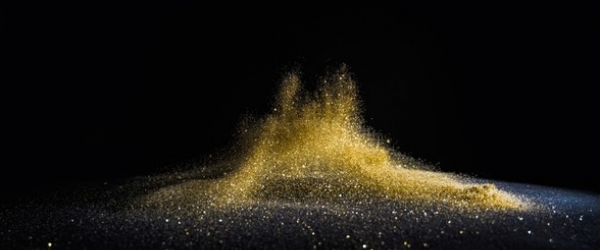In today’s article, I am happy to share with you, my curiosity regarding the history of jewels creation from Belle Époque to Art Nouveau. Last year I attended an online course at Christie’s Education which was illustrating the transformations of jewels design from 1880 until now. We will delve deep into trends, materials used, the history behind the pieces and influential people defined history with jewels. You will be amazed by the many connections you will find. This article consists of two parts, the one you are reading now and the next one will be in my following publication.
Starting with Belle Époque (1871-1914), the beautiful age of creations and prosperity which influenced the world. Life changing discovery – introduction of electricity, industrial development as much as extravagant world fairs were presenting a whole new world. What Belle Époque conveyed was the change in feminine silhouette and fashion mirrored by a change in the taste for jewels – Haute jewellers developed a new style for the social elite, lavish and delicate jewels. The design encompassed flowers, bowknot, scroll or star motifs, with a big focus on Garland Style, lace like quality mountings. Diamonds and pearls were the big players, on a platinum setting. The first milestone in the diamonds rush was found in 1866 also known as the 10 carats eureka diamond. The consortium of De Beers was founded to manage the mining and supply of diamonds worldwide. Furthermore, Belle Époque displayed the new ‘élégantes’, a high society not only composed of royal families but also of tycoons, bankers and industrialists who had to display their wealth as an affirmation of social status. What may be the best jewels for showing this? Crown! Wearing jewels at this point, was a symbol for the rank and the crown in the essence of tiaras were mandatory at evening parties, was ‘crowning’ success and displaying power, richly set with diamonds and inspired motifs. One of the masterpieces of the Belle Époque was the Fabergé diamond tiara – diamonds in the tiara were a gift from Tsar Alexander I of Russia to Empress Josephine of France.

What came after this lavish age, was a call for a new concept of beauty and stylist period: the Art Nouveau (1895-1910). It was bold, scandalous, artsy, and innovative. The design was of a big influence, colourful and inspired by nature. The previous Belle Époque made people question the technological advancement of the industrial revolution, hence leading designers and artists to come back to nature, with a focus on people well-being. Gustav Klimt fully represents Art Nouveau, as he turned his art into a radical and intimate vision of the world. His portrait of the female subjects (golden cycle) symbolises great sensibility and femininity with gold leaf and a colourful palette in dream-like surroundings. Jewels, as much as the art, embraced romanticism, féminité and naturalism, hence creating emotive pieces. Plaque de cou and pendant exemplified jewels in this period, reminding of flora, fauna, gemstone, and enamel. No more pearls and diamonds. Materials were chosen for an artistic method such as amethyst, aquamarine and opal. The masterpiece of Art Nouveau was a peacock brooch by Mellerio (French jeweller), commissioned by Jagatjit Singh (Maharajah of Kapurthala). The peacock showed a religious and mythical involvement in India’s history, where the bird ‘s body and crest enamelled in blue, green and gold reproduced colours of the animal.
Both enchanting and contrasting periods which make me reflect on how jewels are in full representing how the society was structured at that time … is all for now, leaving you to delve deep into your imagination and I will tell you more about what is next in the following article.
